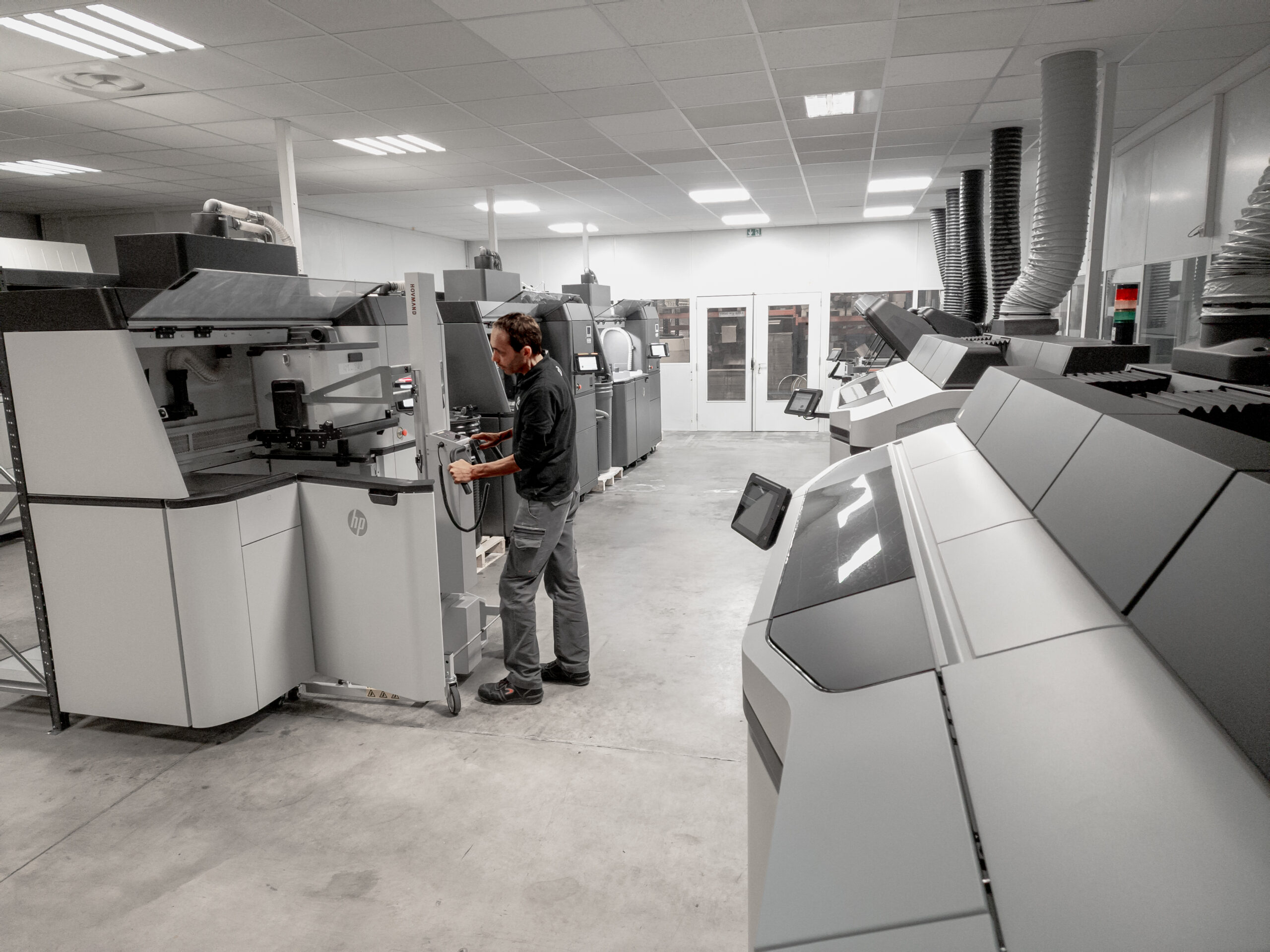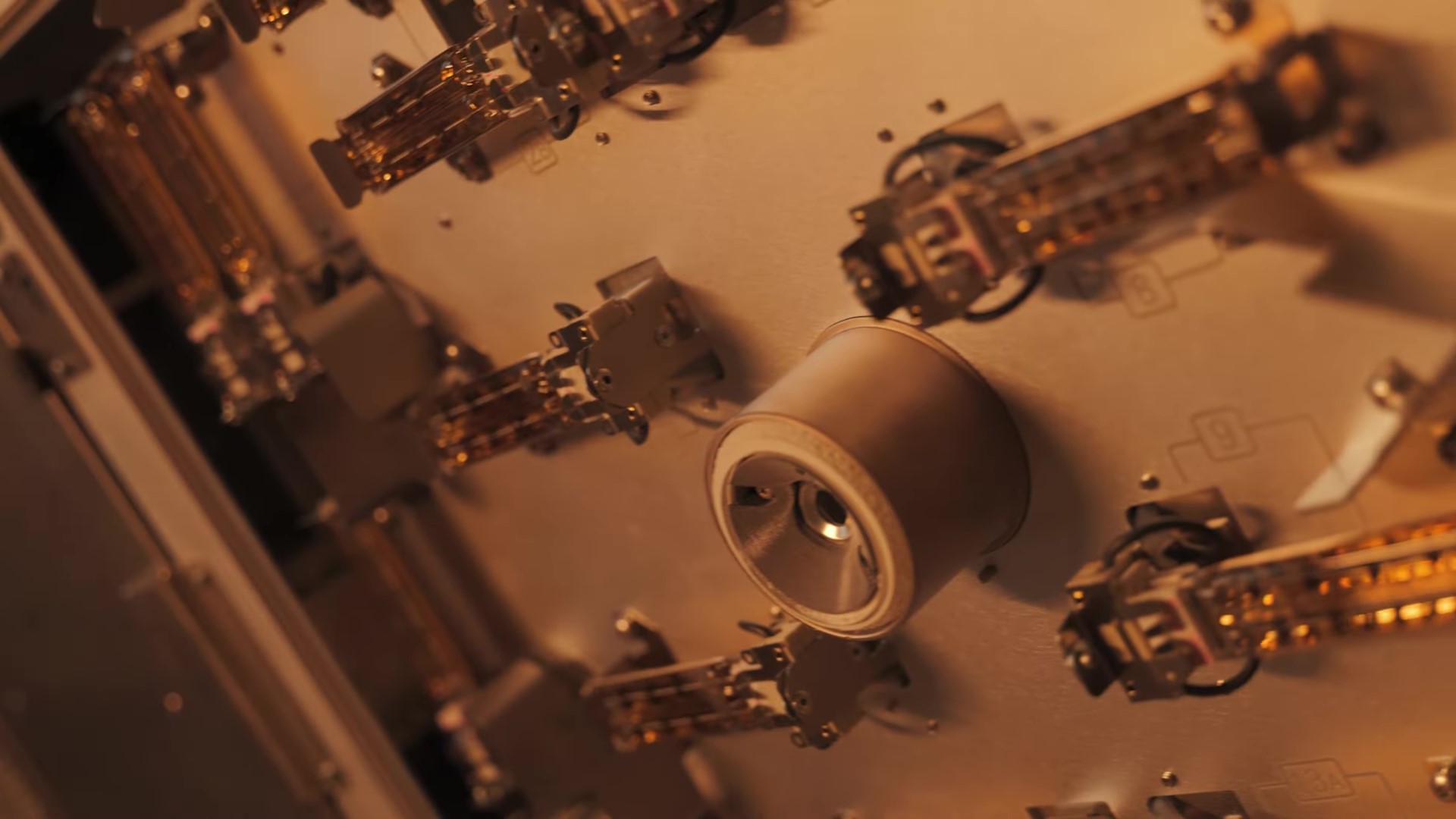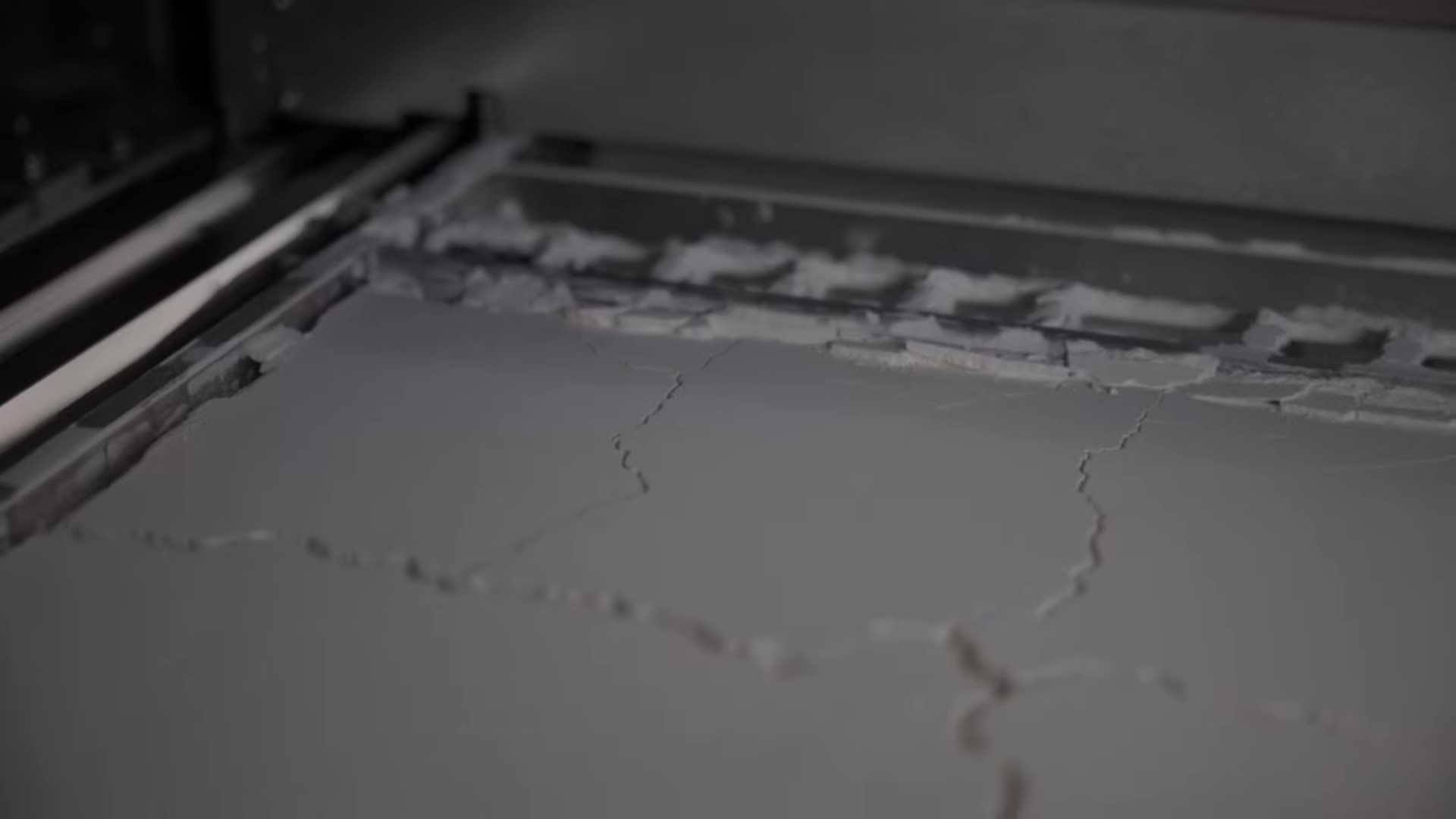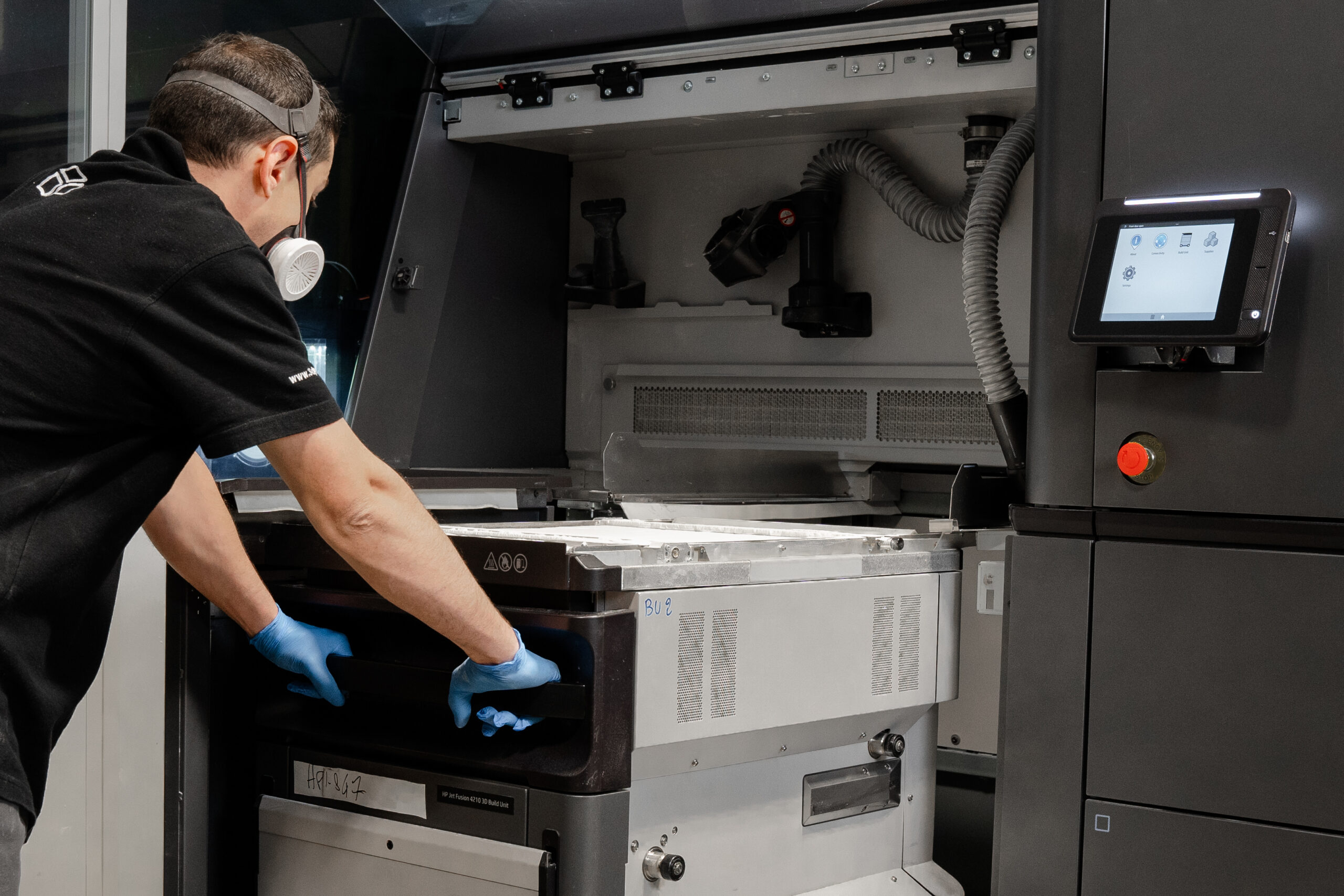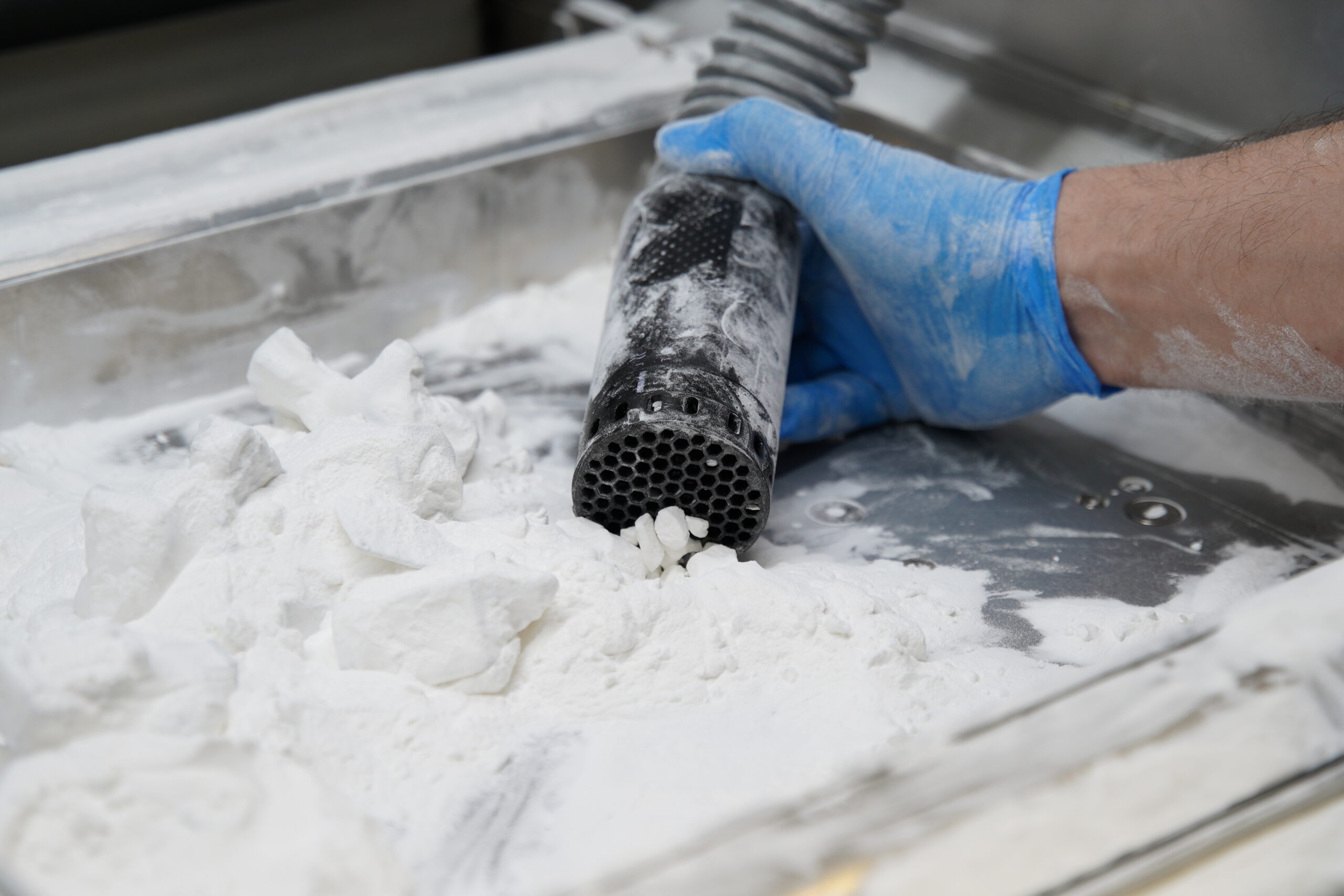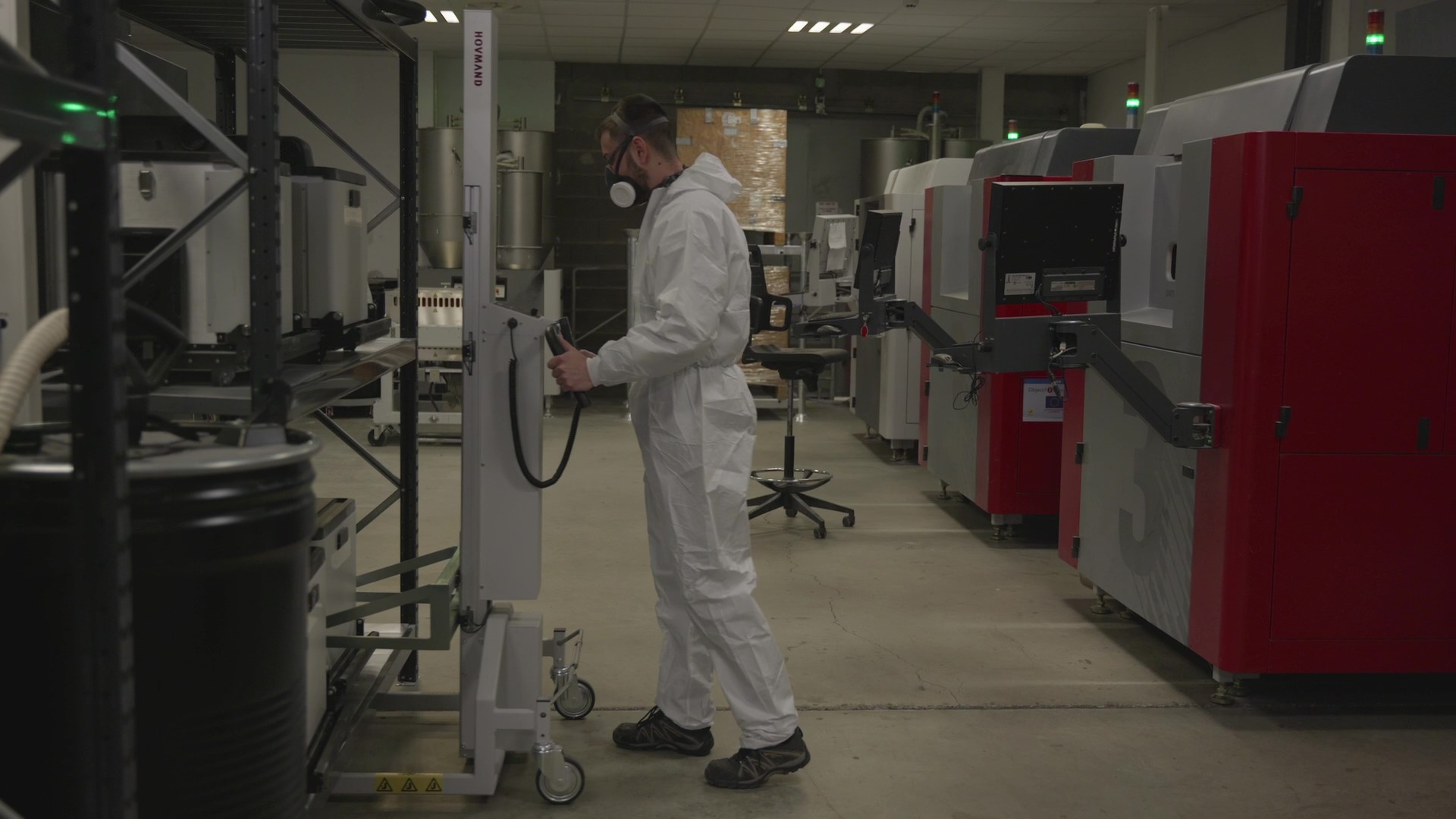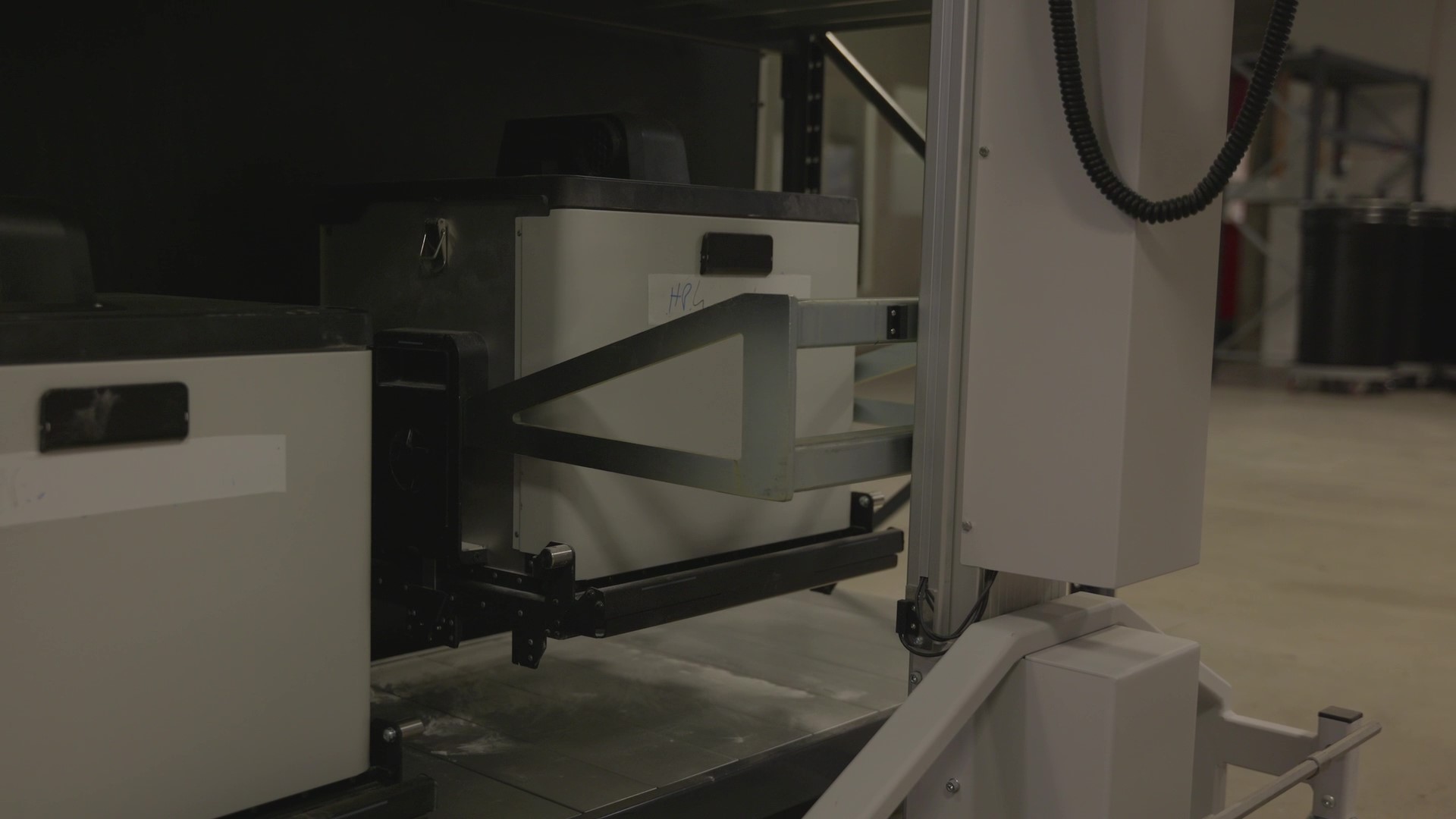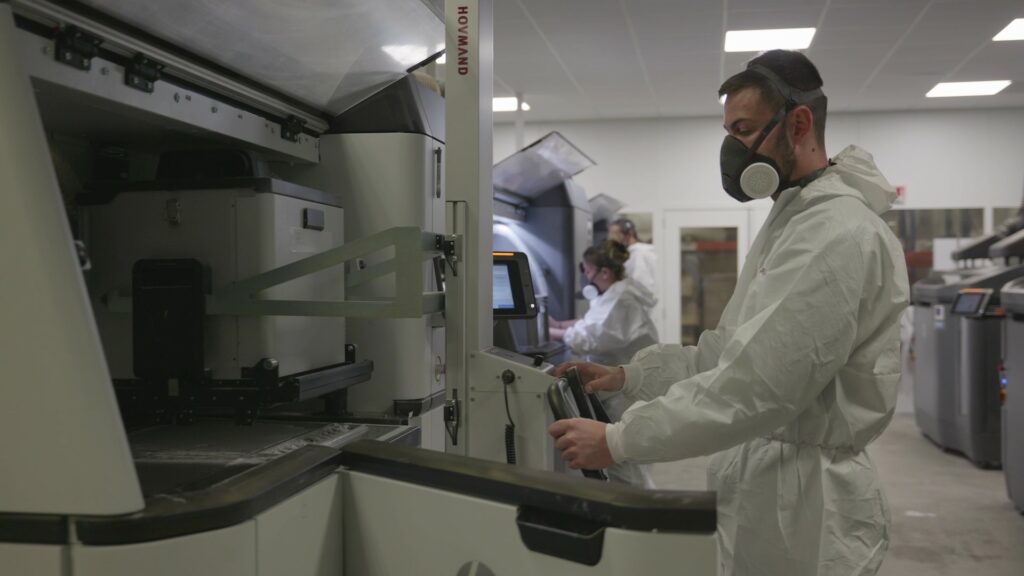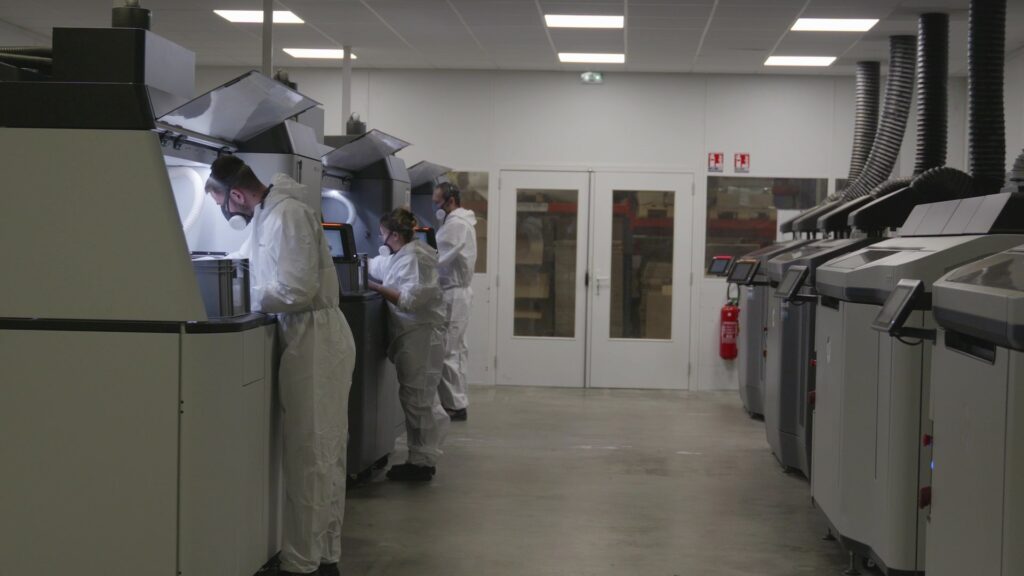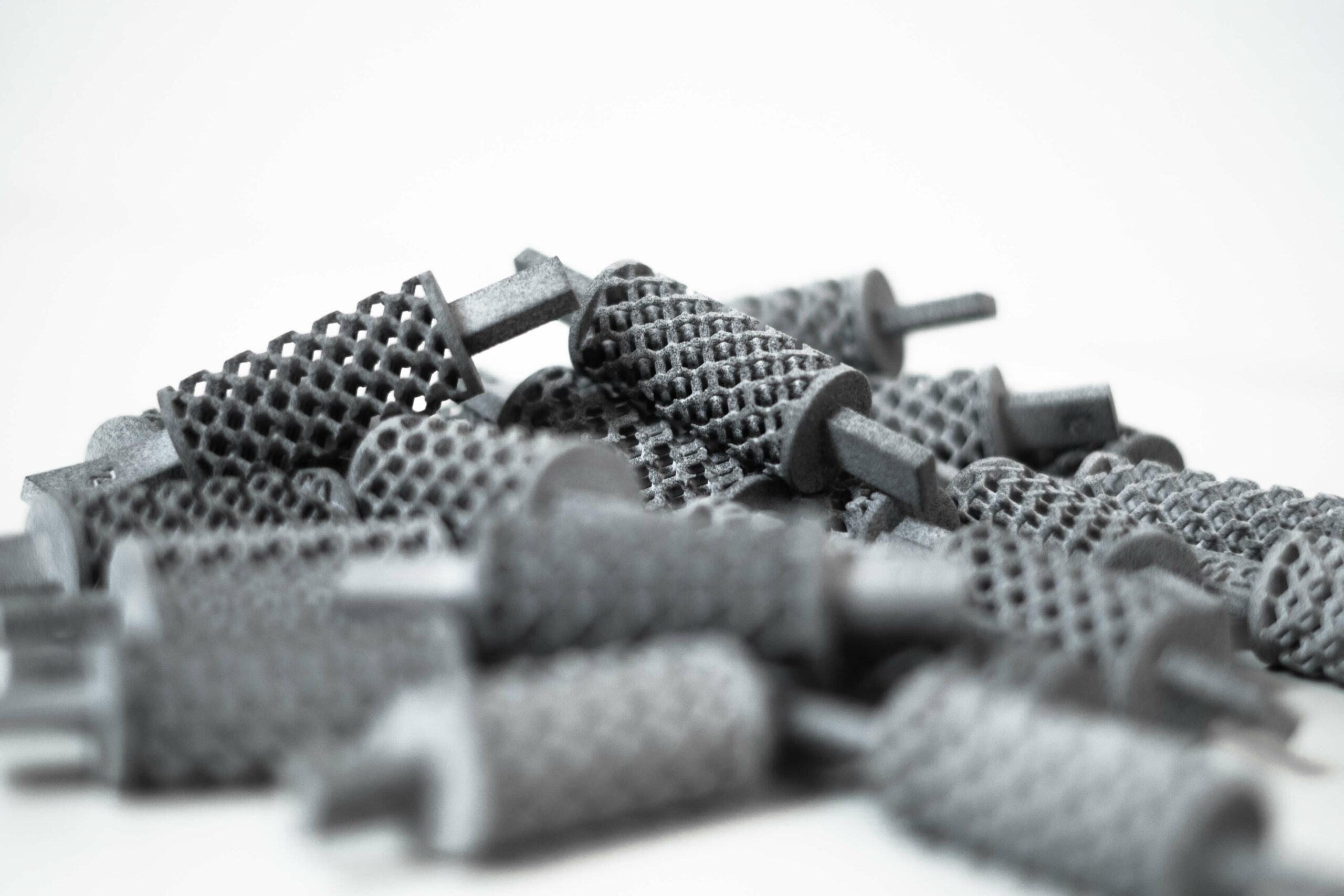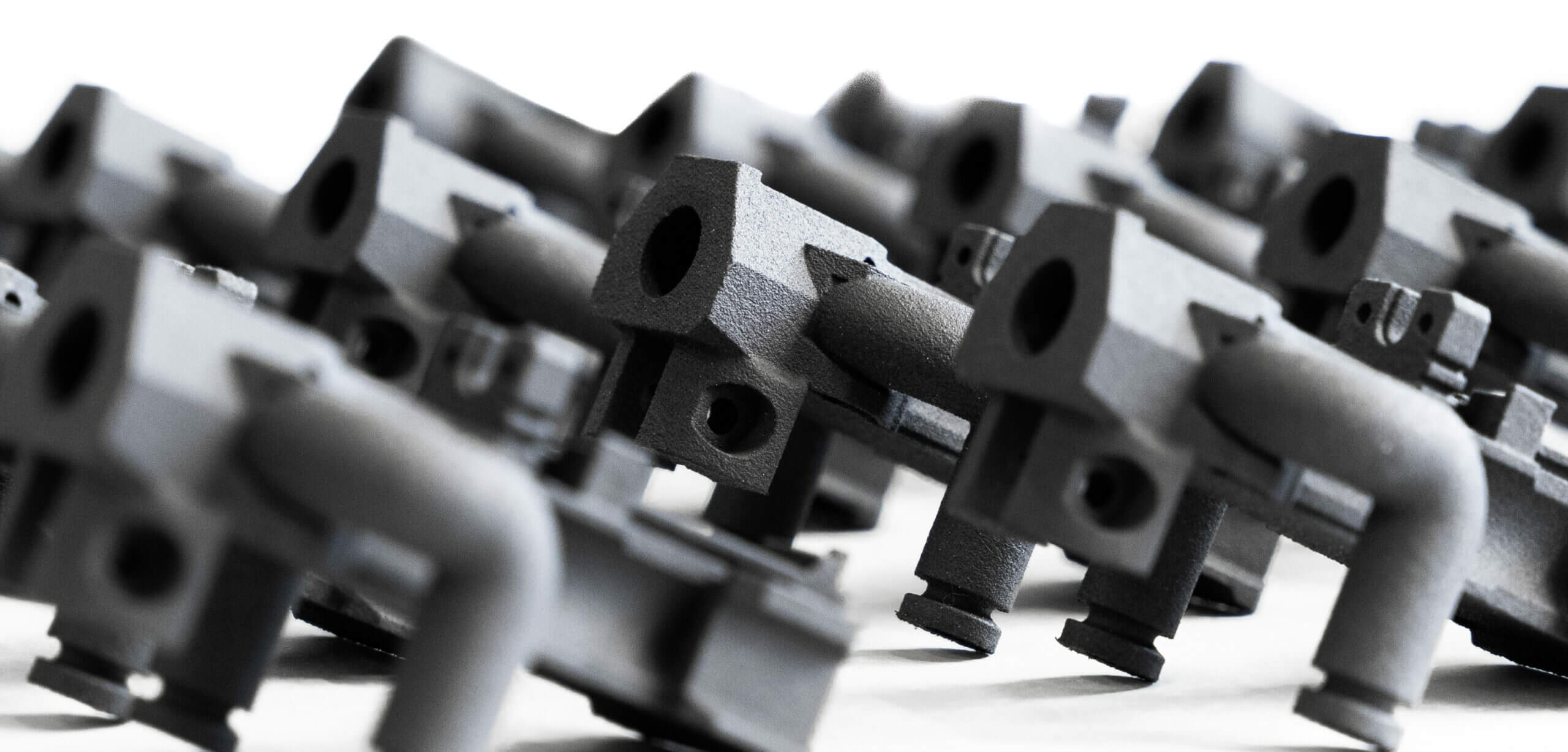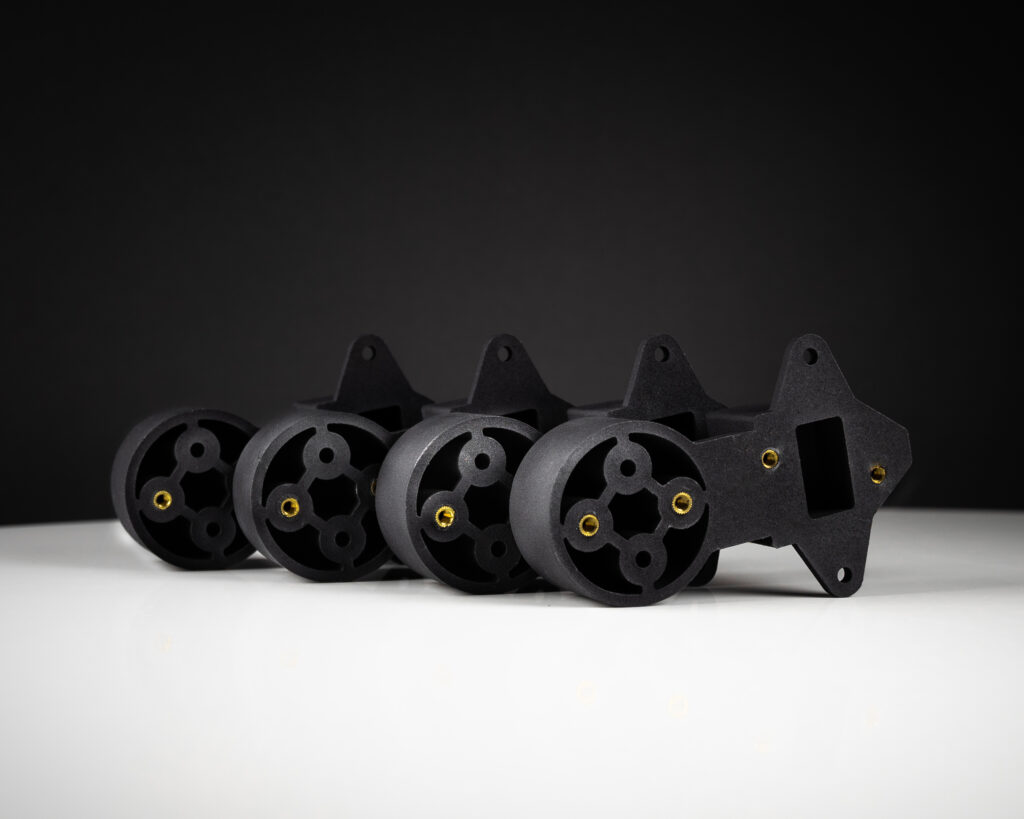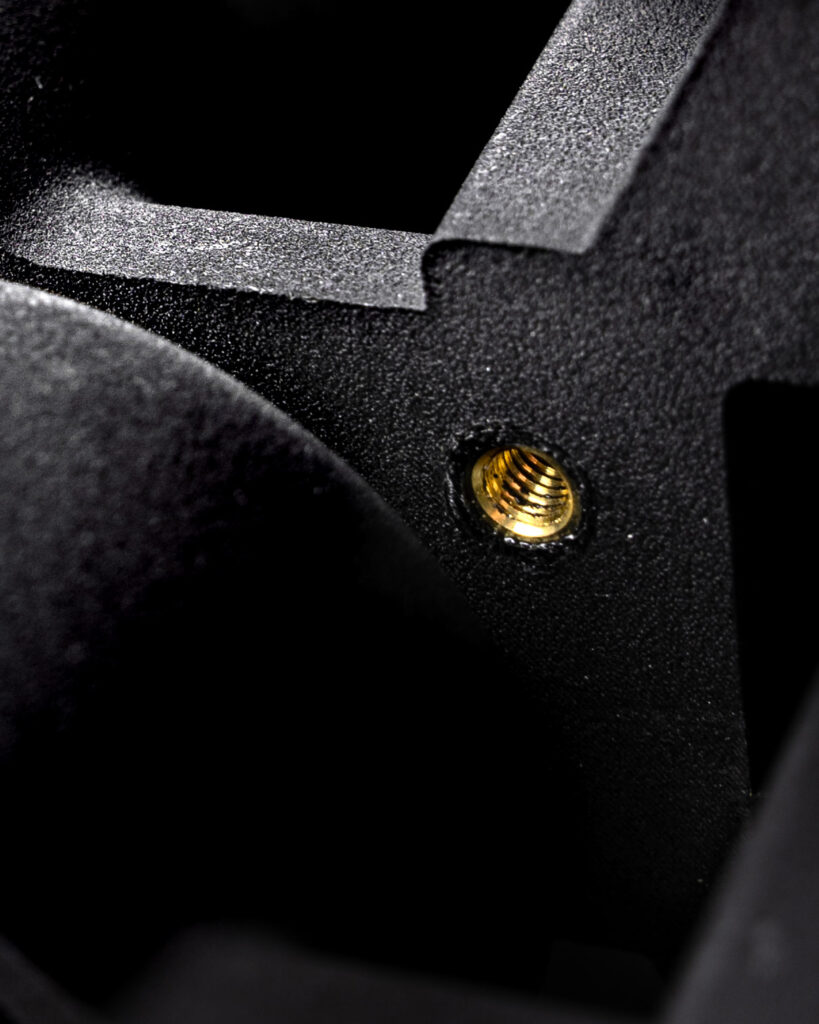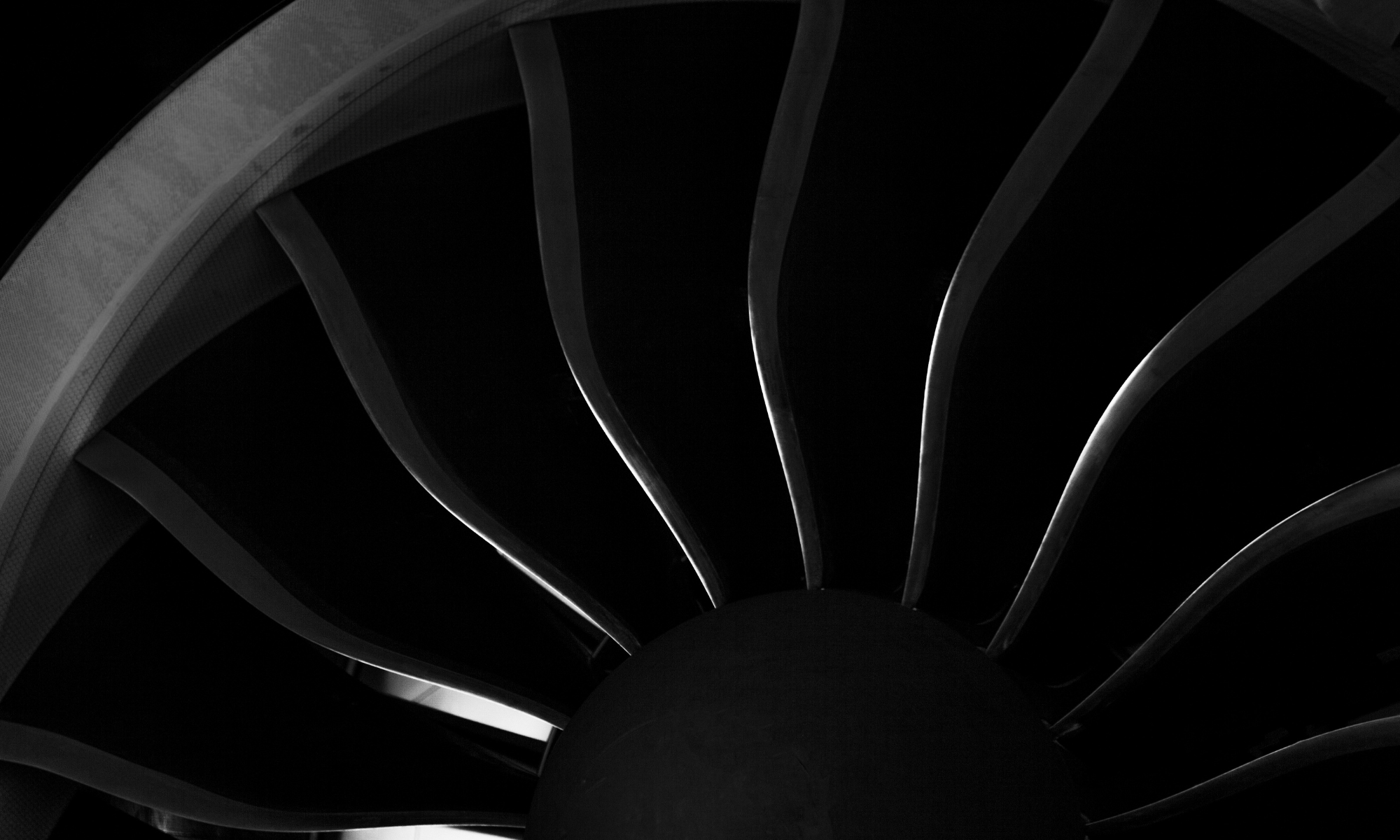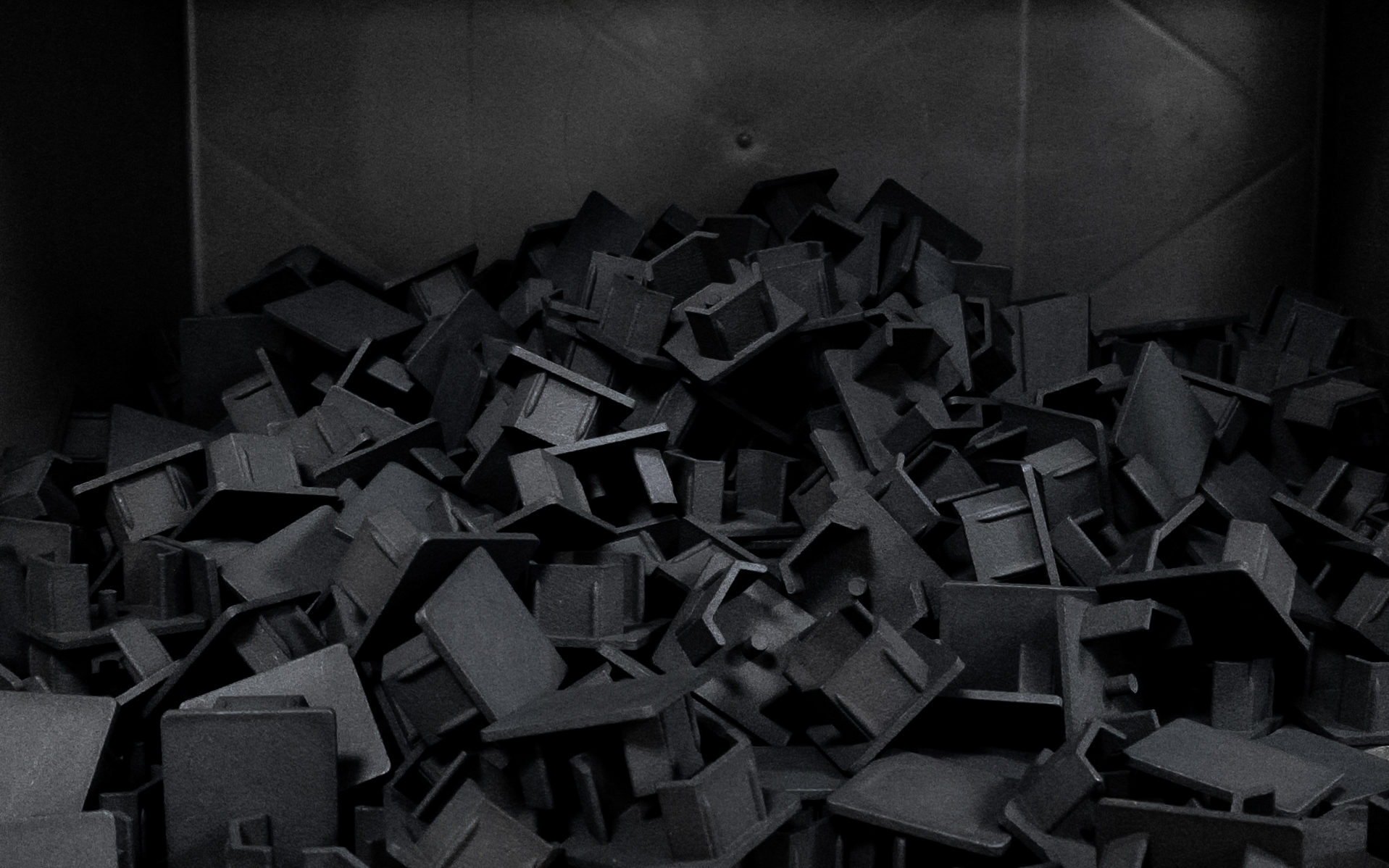Multi Jet Fusion (MJF): The 3D printing solution for rapid, repeatable mass production
The technology Multi Jet Fusion (MJF) technology was developed by the American manufacturer HP and is proven provene for the production of small series. It is a process based powder polymer and agents that enable to merge the material at desired requiredall in a precise precise and detailed. But how works the Multi Jet Fusion work and what are its applications?
The MJF is a process relatively young compared à other technologies market additive manufacturing market, announced in 2016 by manufacturer HP. Since, the MJF has won over of many manufacturers thanks to quality of parts obtained and its repeatability.
How works the process works? MJF PROCESS?
In concrete terms, the technology is based on a powder bed: a first layer of polymers is deposited on the printing plate. The print head then sprays fusing agents where fusing is required. Depending on the degree of precision required, other agents are also applied - for example, to produce smoother surfaces or sharper edges. The platen is then exposed to thermal energy in a single pass, allowing the agents to melt and the powder particles to agglomerate. The process is then repeated layer by layer, until the final part is obtained.
Once printing is complete, the powder tank must be allowed to cool down before proceeding with the de-powdering stage, which involves removing excess powder from the parts created. HP has designed dedicated post-processing solutions to facilitate this task, including an automatic powder removal station that reduces the risks associated with powder handling and enhances the final performance of your parts. This station also handles powder loading and mixing. Additional post-processing steps such as sandblasting and dyeing are also possible.
One of the advantages of this process is its speed As the energy is applied in a single pass over the plate - rather than point by point - a part can be produced in a very short time. The machine is capable of depositing 30 million drops per second, which not only shortens manufacturing time, but also enables multiple parts to be designed in a single printing batch. Like SLS, MJF requires no print media, which facilitates both design and post-processing.
Another strong point of MJF technology is its reusability rate of unfused powder. For each new print, 80% of previously used powder can be mixed with 20% of new powder, reducing material costs.
The materials available
Multi Jet Fusion is compatible with polymer powder. At 3D Prod, we offer PA12 a nylon with excellent chemical resistance and low moisture absorption. It is particularly well suited to the design of mechanical parts, whether for prototyping, small series or tooling. HP PA12 is a highly reusable nylon: as mentioned above, the powder refresh rate can reach 80%.
We also recently introduced a new material: the PA GB. This is a polyamide powder 40% filled with glass beads. Extremely resistantwith excellent mechanical mechanical properties, thermal and dimensional properties. Its high rigidity makes it particularly suitable for the production of housings, fasteners and tooling. You can request a free sample and see for yourself the characteristics of this new powder compatible with MJF technology!
Discover the powders available with MJF technology
Our equipment at Multi Jet Fusion
We are equipped with HP 4210 and HP 5210 machines, offering a print volume of 380 x 284 x 380 mm and a precision of 80 microns. We have several Build Units (BU) for the 4210 and 5210, enabling us to design a production line adapted to mass production. The machines are also equipped with a Natural Cooling Unit (NCU). The solution proposed by HP offers significant reductions in production times, facilitates the operator's work and simplifies powder processing and reuse.
In terms of post-processing, 3D Prod has an automated sandblasting system and an automated dyeing unit. We can also provide surface treatment to give you the finish you want. You'll have a 3D-printed part that's visually and functionally identical to your mass-produced product.
Our finishing workshop will also enable you to achieve unprecedented results. Thanks to our paint laboratory, we can carry out color control using a spectrocolorimeter, and apply primers, paints, varnishes, soft touches and more. Last but not least, our paint booth is equipped with radiant heating for optimum part temperature build-up.
Applications of technology MJF
Thanks to its precision and speed, Multi Jet Fusion is an ideal process for creating functional prototypes and small series. The mechanical properties obtained are high, and the surface finish is excellent. MJF is in great demand in many sectors, including consumer goods, medical, transport and education.
Parts 3D printed with MJF are isotropic, i.e. they retain all their properties regardless of the direction in which they are measured. This makes the process particularly attractive for the mass production of finished parts.
3D Prod tip : Test your projects by making your quotes online via our dedicated platform: Get your quote online!

